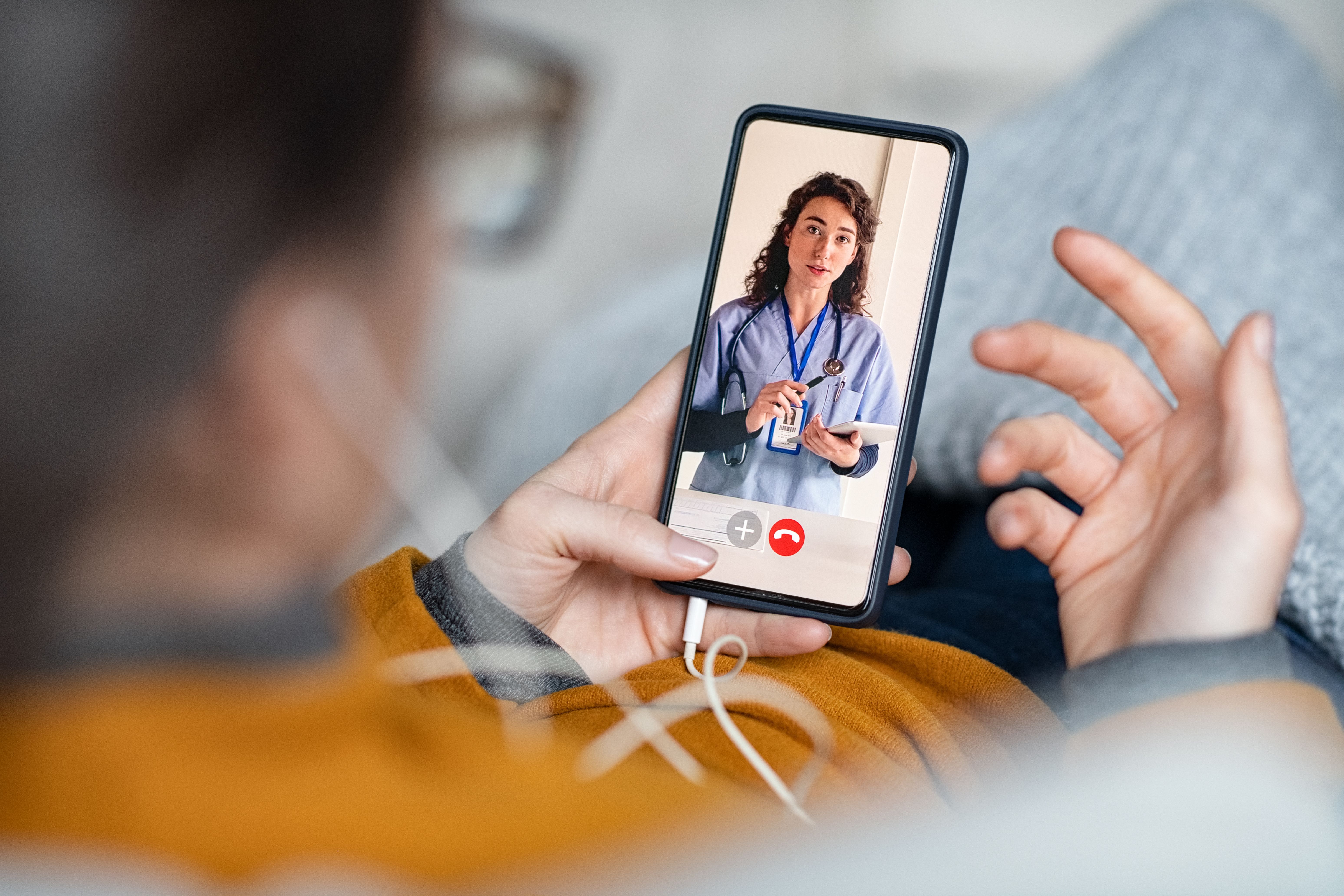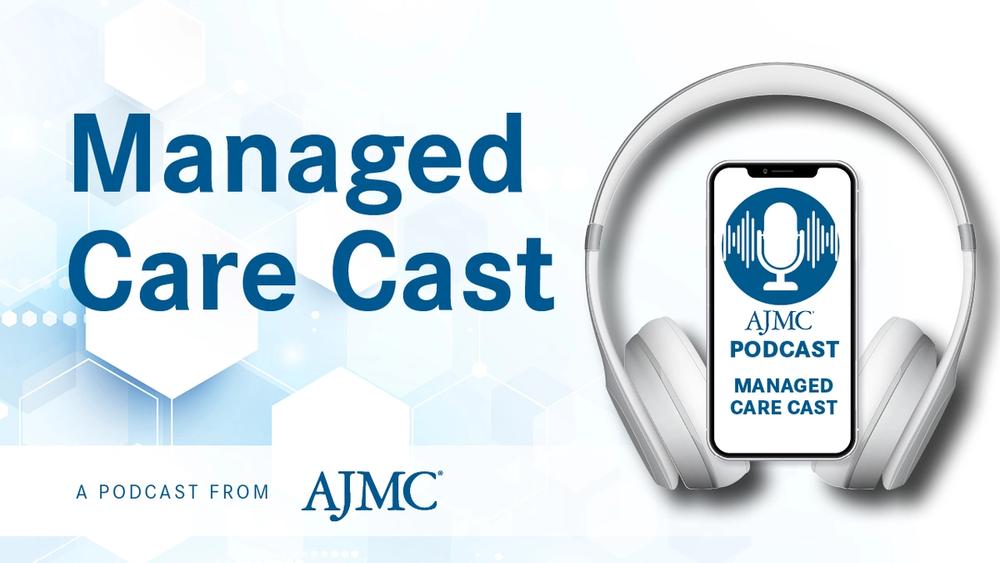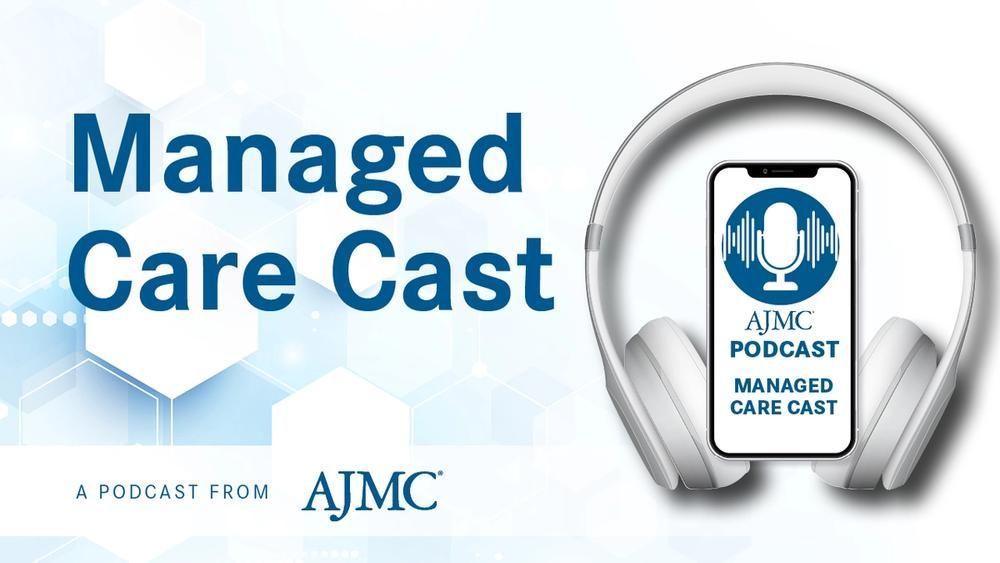News
Article
Systemic Solutions to Improve Telehealth Access for Non-English Speakers
Author(s):
Key Takeaways
- Systemic factors, not patient reluctance, drive disparities in telehealth access for non-English language preference patients.
- The TECCI framework aims to integrate language support into telehealth design, addressing health care inequities.
Telehealth disparities are driven by more than language barriers, according to experts outlining systemic factors and solutions in new research.
Patients with non–English language preference (NELP) face significant barriers to accessing video-based telehealth, but these challenges are not inevitable. A study published today in JAMA Network Open highlights how systemic factors—rather than patient reluctance—drive disparities in digital health use, emphasizing the need for language-equitable solutions.1 While technology has the potential to improve health equity, it can also worsen disparities if the needs of linguistically minoritized populations are overlooked.2
Experts proposed the Translation, Education, Concordant Care, Community Outreach, and Interpretation (TECCI) framework in an editorial accompanying the study. TECCI aims to guide institutional leaders, scholars, and technology developers in integrating translation, education, and interpretation into telehealth design to ensure that technological advancements improve, rather than exacerbate, health care inequities. The authors also critiqued the notion of a “language barrier,” emphasizing that language is a relational factor influenced by patient preferences, clinician skills, and systemic language access resources.
Communication Challenges and Health Care Perceptions
Communication barriers were one of the 4 main themes that emerged from the findings based on reports collected from 27 Spanish- and Cantonese-speaking patient participants (mean age, 66 years; 67% women).1 They perceived video visits to exacerbate existing language difficulties, expressing that video interactions lacked the clarity and comfort of in-person conversations, particularly when using interpreters. Concerns about missing nonverbal cues, struggling to articulate symptoms, and receiving less attention compared with in-person visits were commonly cited, particularly among Cantonese speakers.
"Disparities in access to care for linguistically minoritized groups have been well documented. Fewer studies delve into why those disparities exist," Pilar Ortega, MD, MGM, and coauthors wrote in the editorial.2 "Reduced access is often ascribed to the so-called language barrier, as if language discordance were an intrinsic characteristic of certain groups—a practice that inadvertently blames patients and absolves health systems for the resulting inequities."
The study underscores the importance of addressing technical and linguistic barriers to ensure that video visits serve all patients equitably.
Image Credit: Rido - stock.adobe.com

More than half of participants (56%) shared concerns about the adequacy of medical evaluations through video, another key theme observed.1 They emphasized the limitations of virtual visits for new, urgent, or complex conditions due to the lack of physical examinations and diagnostic procedures. Conversely, others acknowledged benefits such as convenience, reduced travel, and faster appointment availability, suggesting that video visits may be better suited for follow-ups and routine consultations rather than first-time or complex evaluations.
The TECCI framework addresses these challenges by ensuring accurate interpretation services and professionally reviewed translations of medical information are accessible, especially as current artificial intelligence tools have a clinically significant error rate in medical contexts that is highly variable across languages.2 It also recommends training and matching staff who can effectively communicate with NELP patients in their preferred language.
Digital Barriers and Potential Solutions
Another key challenge related to technical difficulties.1 While most participants (74%) reported having access to an internet-enabled device, their digital literacy varied widely. Many older adults described anxiety around video visits due to unfamiliarity with the process, concerns about missing appointments, or difficulties with multistep authentication. Some participants stated that video visit platforms were not user-friendly, with complex logins and multiple steps creating additional barriers. Others cited outdated devices, poor internet access, and a lack of readily available technical support as further deterrents.
Potential solutions to improve video visit adoption were recommended by the participants, with many expressing a need for in-person training, repeated practice, and language-concordant instructional materials. Simplifying the video visit process, ideally through a one-click system, was a recurrent suggestion. Some participants recommended preconfigured devices, while others suggested short instructional videos in their preferred language. Access to bilingual staff, high-quality interpreters, and dedicated troubleshooting support were also identified as key facilitators.
The editorial expanded on the participants' solutions by identifying systemic and modifiable barriers to video visit access for NELP patients, delving into the nuance of varying factors that need to be explored, such as trust/distrust in health care and technology, family-centered medical decision-making, and the cost of transportation vs access to technology.2
"We must listen. Including patient voices through patient-engaged research, community member participation in tool design, and usability testing that intentionally includes linguistically marginalized groups are important steps health care leaders can take," Ortega and coauthors wrote.2 "As more digital tools become available that have the potential to enhance access and quality, marginalized perspectives must be included to ensure that populations are not (further) left behind."
References
1. Kong M, Rios-Fetchko F, Olmos-Rodriguez M, et al. Challenges to video visits for patients with non–English language preference: a qualitative study. JAMA Netw Open. 2025;8(2):e2457477. doi:10.1001/jamanetworkopen.2024.57477
2. Ortega P, Miller De Rutté A, Vela M. Language equity in health technology for patients with non–English language preference. JAMA Netw Open. 2025;8(2):e2457424. doi:10.1001/jamanetworkopen.2024.57424





